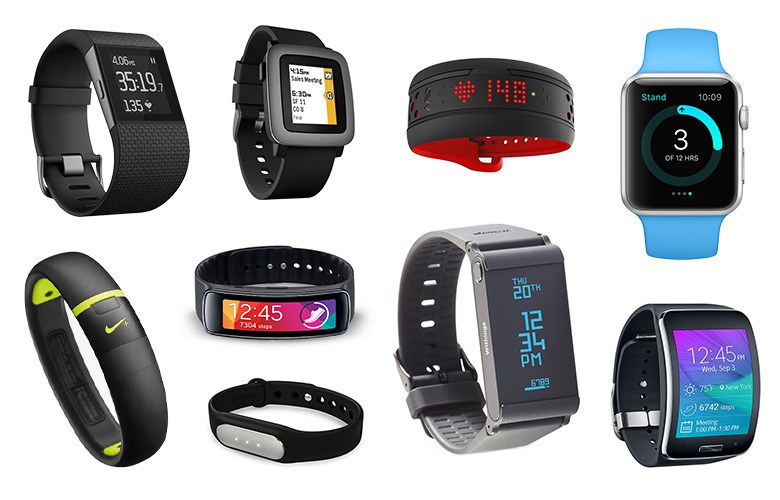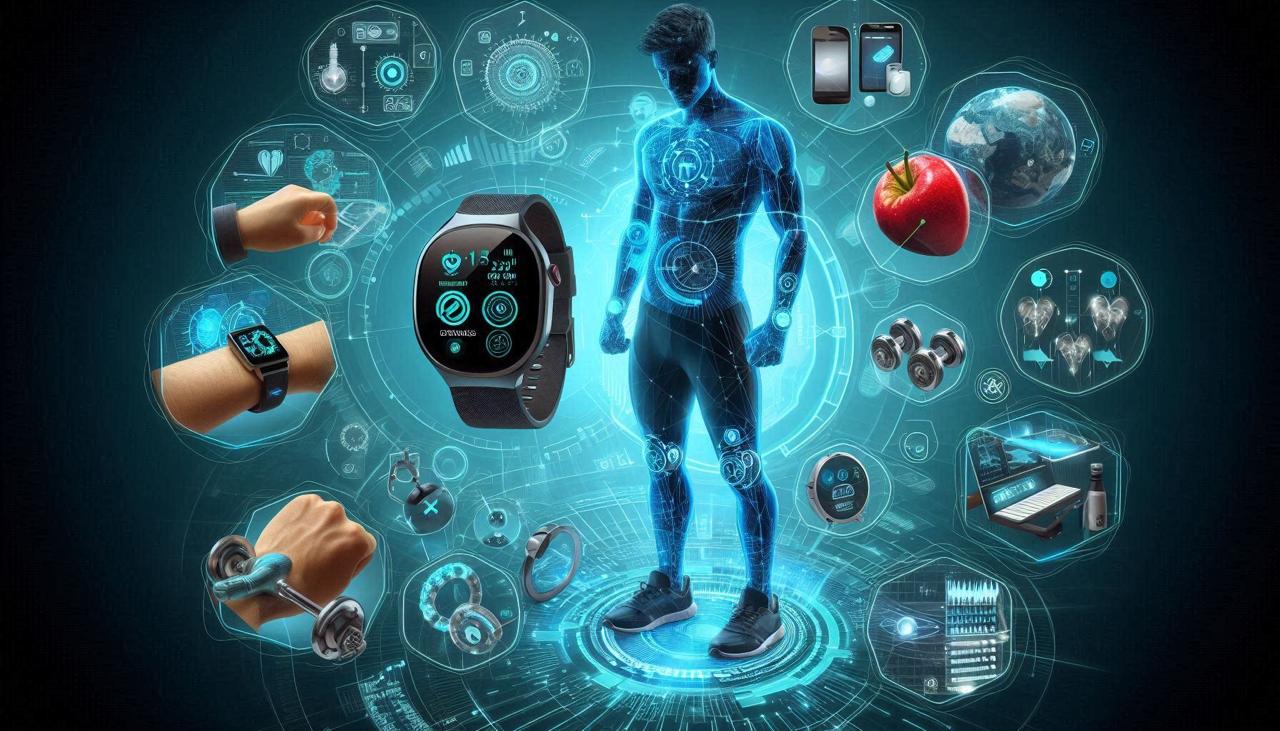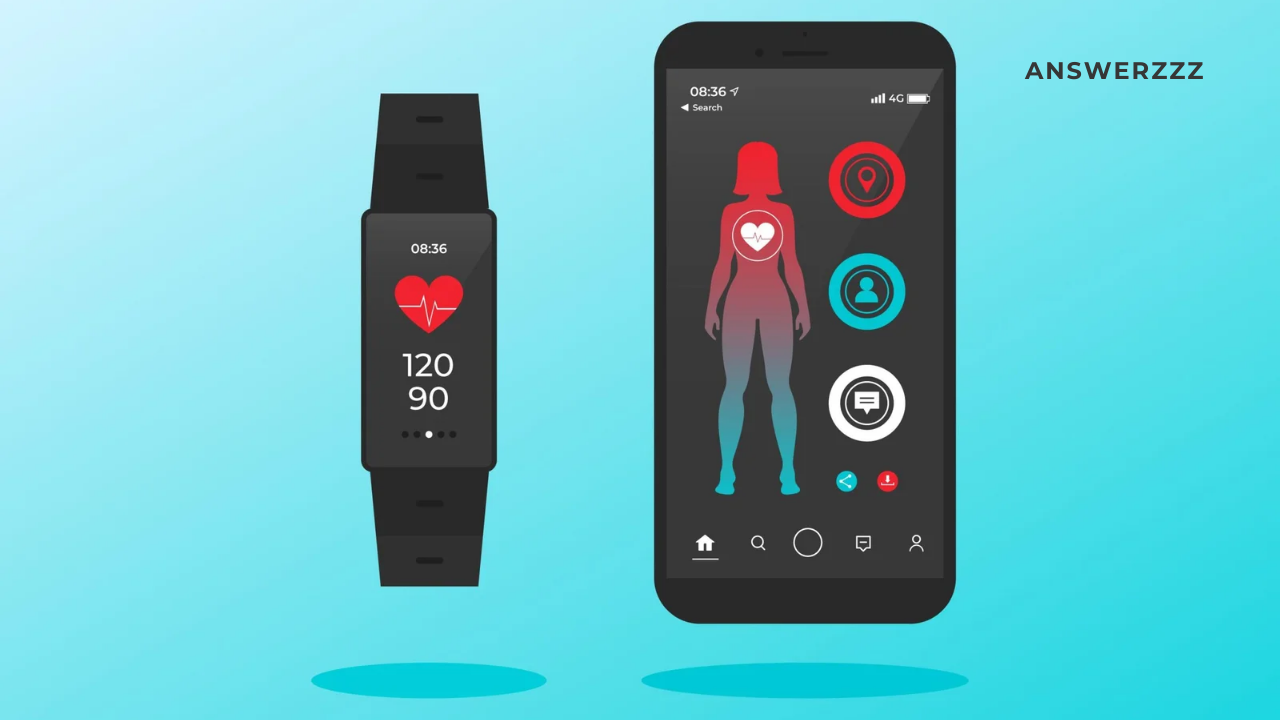The wearable technology market has evolved significantly over the past decade. What began as basic fitness trackers now includes advanced smartwatches, augmented reality (AR) glasses, and even smart clothing. The future of wearable tech is promising, driven by rapid advancements in artificial intelligence (AI), the Internet of Things (IoT), and the miniaturization of sensors. As we move forward, wearable gadgets are set to become indispensable tools in enhancing fitness, productivity, and overall quality of life.
This article explores the current trends in wearable tech, the essential gadgets shaping the future, and how these devices are revolutionizing both fitness and productivity.

The Evolution of Wearable Technology
Wearable technology is not a new concept. The journey started as early as the 1960s with the invention of the first wearable computer. However, it was not until the early 2010s that wearables became mainstream, with the release of devices like Fitbit and the Apple Watch. Today, wearables have evolved from simple step counters to sophisticated gadgets that can monitor heart health, detect stress, and even alert emergency contacts in case of an accident.
The future promises even greater innovations as wearables integrate more seamlessly into our daily routines, blending fashion with functionality.
The Rise of Fitness Wearables
1. Smartwatches: The Fitness Hub on Your Wrist
Smartwatches have become the flagship wearable device for many users. Leading brands like Apple, Samsung, and Garmin have released devices that offer a comprehensive suite of fitness features. The future of smartwatches includes improved biometric sensors, advanced health monitoring capabilities, and seamless integration with smart home devices.
- Enhanced Health Monitoring: Future smartwatches will be capable of monitoring blood sugar levels, blood pressure, and hydration. These features are crucial for individuals managing chronic conditions like diabetes.
- AI-Powered Insights: AI will play a significant role in interpreting the collected data, offering personalized health recommendations and early detection of potential health issues.
- Seamless Connectivity: As smartwatches become more integrated into the IoT ecosystem, they will be able to sync with other devices like smart speakers, thermostats, and even car dashboards for a unified user experience.
2. Smart Rings: Small but Powerful
Smart rings are gaining traction due to their compact size and versatility. These discreet devices can track a wide range of metrics, including heart rate, sleep quality, and body temperature.
- Focus on Health: The future smart ring will likely incorporate more advanced sensors, providing continuous health monitoring without the bulk of a smartwatch.
- Gesture Control: Enhanced gesture recognition technology may allow users to control smart devices with simple hand movements, making smart rings a potential tool for increased productivity.
3. Smart Glasses: Augmented Reality Meets Fitness
Smart glasses represent the next step in wearable tech, merging AR with real-world activities. These devices can project vital fitness data onto the lens, providing real-time feedback without the need to glance at a phone or watch.
- Real-Time Fitness Feedback: For runners and cyclists, smart glasses could display pace, distance, and heart rate directly in their field of vision.
- Improved Navigation: The integration of GPS and AR features will allow for enhanced navigation, making smart glasses a valuable tool for outdoor sports enthusiasts.
Smart Clothing: The New Wave of Fitness Wearables
1. Smart Fabric Technology
Smart clothing, also known as e-textiles, has the potential to change the fitness industry. These garments are embedded with sensors that can track a variety of metrics, such as muscle activity, body temperature, and posture.
- Real-Time Muscle Feedback: Athletes can use smart clothing to analyze muscle exertion and improve training efficiency.
- Adaptive Wear: Future smart fabrics may have the ability to adjust their properties based on environmental conditions, such as changing colour for better visibility or increasing breathability during intense workouts.
2. Smart Shoes
Smart shoes, equipped with pressure sensors and accelerometers, are designed to provide detailed analysis of walking and running patterns.
- Enhanced Gait Analysis: Smart shoes will offer real-time feedback on gait and posture, helping to prevent injuries and enhance athletic performance.
- Health Monitoring: The future of smart shoes may include the ability to monitor foot temperature and blood flow, aiding in the early detection of conditions like diabetes-related foot issues.
Wearables for Enhanced Productivity

The future of wearable technology is not limited to fitness; productivity-enhancing gadgets are becoming increasingly popular, especially in the workplace.
1. AR Glasses for Work and Collaboration
AR glasses like Meta’s Quest Pro or Microsoft’s HoloLens are revolutionizing the way we work by overlaying digital information onto the physical world.
- Enhanced Collaboration: With AR glasses, remote teams can collaborate in virtual environments, making meetings more interactive and immersive.
- Task Assistance: Future AR glasses will provide real-time instructions for complex tasks, such as repairs or medical procedures, increasing efficiency and reducing errors.
2. Smart Earbuds: Beyond Music
Smart earbuds, or hearables, are evolving from simple wireless headphones into multifunctional gadgets that can enhance productivity.
- Voice Assistance and Translation: Next-gen smart earbuds will feature improved voice assistants and real-time language translation, making communication easier across different languages.
- Health Monitoring: Earbuds equipped with biometric sensors can track heart rate and oxygen levels, providing additional health insights without the need for another device.
3. Wearable Keyboards and Controllers
Innovations like smart rings and gloves are paving the way for wearable input devices that can replace traditional keyboards and mice.
- Gesture Recognition: Wearable keyboards using gesture recognition will allow users to type or control devices with hand movements, making them ideal for working on the go.
- Increased Accessibility: These gadgets can be a game-changer for individuals with mobility issues, providing new ways to interact with digital devices.
The Role of AI in the Future of Wearable Tech
Must-Have Tech Tools for College Students: Boost Your Study and Play Time
Artificial intelligence is set to play a central role in the development of future wearable technologies. AI algorithms can analyze the vast amounts of data collected by wearables, providing users with actionable insights.
- Predictive Health Monitoring: AI will enable wearables to predict potential health issues based on user data, allowing for early intervention and prevention.
- Personalized Recommendations: Whether for fitness or productivity, AI can offer tailored suggestions to help users meet their goals, enhancing the overall user experience.
Privacy and Security Concerns
As wearables become more advanced and integrated into our lives, concerns about data privacy and security are on the rise.
- Data Encryption: Future devices will need robust encryption to protect sensitive health and productivity data from cyber threats.
- User Control: Wearable tech companies will need to provide users with greater control over their data, including clear privacy settings and the option to opt out of data sharing.
The Future of Wearable Tech: What to Expect
Best Budget Laptops for Students: High Performance Without Breaking the Bank
1. Greater Integration with Smart Home Ecosystems
Wearable devices will become more interconnected with smart home systems, offering a seamless experience across multiple platforms. Imagine a world where your smartwatch detects that you are feeling stressed and automatically adjusts the lighting and temperature in your home for relaxation.
2. Enhanced Customization and Personalization
The next generation of wearables will focus on customization, allowing users to tailor their devices based on their specific needs and preferences. From personalized health insights to custom notifications, wearables will offer a highly individualized experience.
3. Fashion and Functionality
The future of wearables will also see a shift towards making these devices more stylish. Collaborations between tech companies and fashion brands will result in products that not only perform well but also look good.
The future of wearable technology is bright, with significant advancements expected in both fitness and productivity. As devices become more sophisticated, they will play a crucial role in monitoring health, enhancing athletic performance, and improving efficiency in the workplace. However, with these advancements come challenges, particularly in terms of data privacy and user adoption.

In the coming years, wearable tech will likely become a staple in our everyday lives, evolving from simple gadgets into essential tools that help us lead healthier, more productive, and more connected lives. Whether you are a fitness enthusiast, a professional looking to boost productivity, or simply someone interested in the latest tech, the future of wearable technology promises exciting innovations that will transform the way we live and work.



